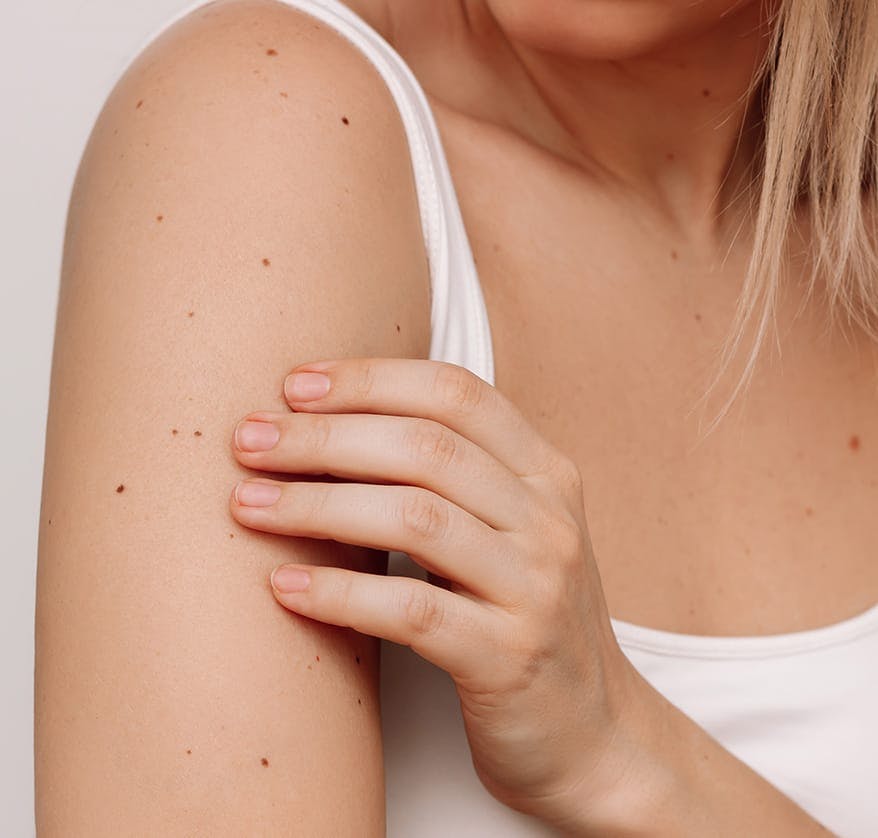Be aware of what your moles look like – most are harmless, but sometimes skin cancer can develop in or near a mole.
If you are aware of what your own moles look like and where they are located, it can help you find skin cancer early on. When found early and treated properly, skin cancer has a high cure rate.




